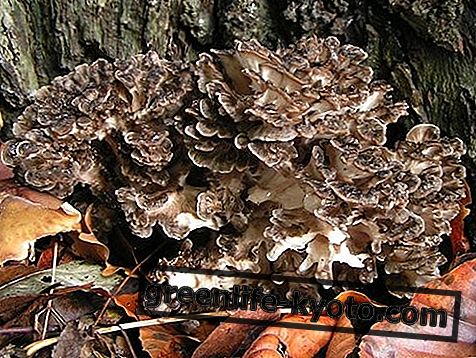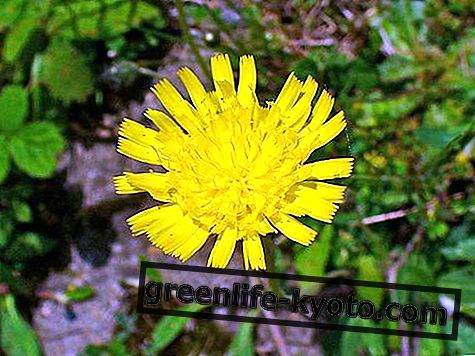Curated by Maria Rita Insolera, Naturopath
Particularly known in the sixteenth century as a remedy for syphilis, sarsaparilla is today known in phytotherapy mainly as diaphoretic . Let's find out better.

Properties of sarsaparilla
The sarsaparilla is a plant with a diuretic, purifying, expectorant and emetic action. Very useful against flu, arthritis, asthma, gout, rheumatism and eczema, its roots contain useful active ingredients such as smilacin, salsasaponin, glucides, choline, saponin, tannins, potassium and calcium.
The sarsaparilla is also known as a phyto- purifier as it tolerates metals very well and scarcely accumulates lead, zinc and cadmium in its leaves. Therefore it is useful for reducing the risk of metal transfer in the food chain.
Method of use
The root of the sarsaparilla is used to prepare decoctions and herbal teas.
To get a good cleansing skin decoction, boil 20 grams of sarsaparilla root in about 2 liters of water. Strain and rest. Consume 1 or 2 cups a day.
Against arthritis and rheumatism, instead, a decoction is prepared by boiling 30 grams of sarsaparilla root and 5 grams of saponaria in 1 liter of water. After about twenty minutes, turn off and let it rest. Consume 2 cups a day for two weeks.
Against rheumatic pains, colds and flu, then boil a glass of water and leave to soak 15 grams of sarsaparilla roots. Strain, sweeten with honey and drink immediately. Consume before going to bed because it has great sweating power, so if you remain covered in bed, you avoid getting cold.
The sarsaparilla can also be used in the kitchen. In this case the young tops of the branches are consumed like wild asparagus, blanching them first.
You can learn about all the cold remedies

Contraindications of saparilla s
The sarsaparilla can cause irritation of the gastric mucosa . Therefore, before starting to use it, you should contact your doctor. Moreover, sarsaparilla should be avoided when taking diuretic and digitalis drugs.
Description of the plant
The sarsaparilla ( Smilax aspera ) is a shrubby plant with a lyanose habit of the Smilacaceae family. The stem is lexible and covered with thorns, l and leaves, heart-shaped, have toothed margins and spinos.
The flowers, small and yellow-green in color, are very fragrant and gathered in umbelliferous inflorescences; the fruits are red berries, gathered in clusters, which reach maturity in autumn. The seeds are very small, round in shape.
Sarsaparilla habitat
Salsapariglia is a plant native to tropical America . Primarily widespread in southern Italy, it is frequent in shady areas, at the edges of fields and along hedges, up to an altitude of 300 meters.
Background
The sarsaparilla in our country is also known as " stracciabrach e" and " strazzacausi ", these terms indicate the possible consequences due to the presence of the sharp spines in the plant.
If it is rubbed vigorously, the sarsaparilla produces a soapy foam, which resembles that of horses when they sweat profusely. The name derives from this foam: Salsa (foam in fact) and pair (pair of horses used for towing wagons, etc.).













